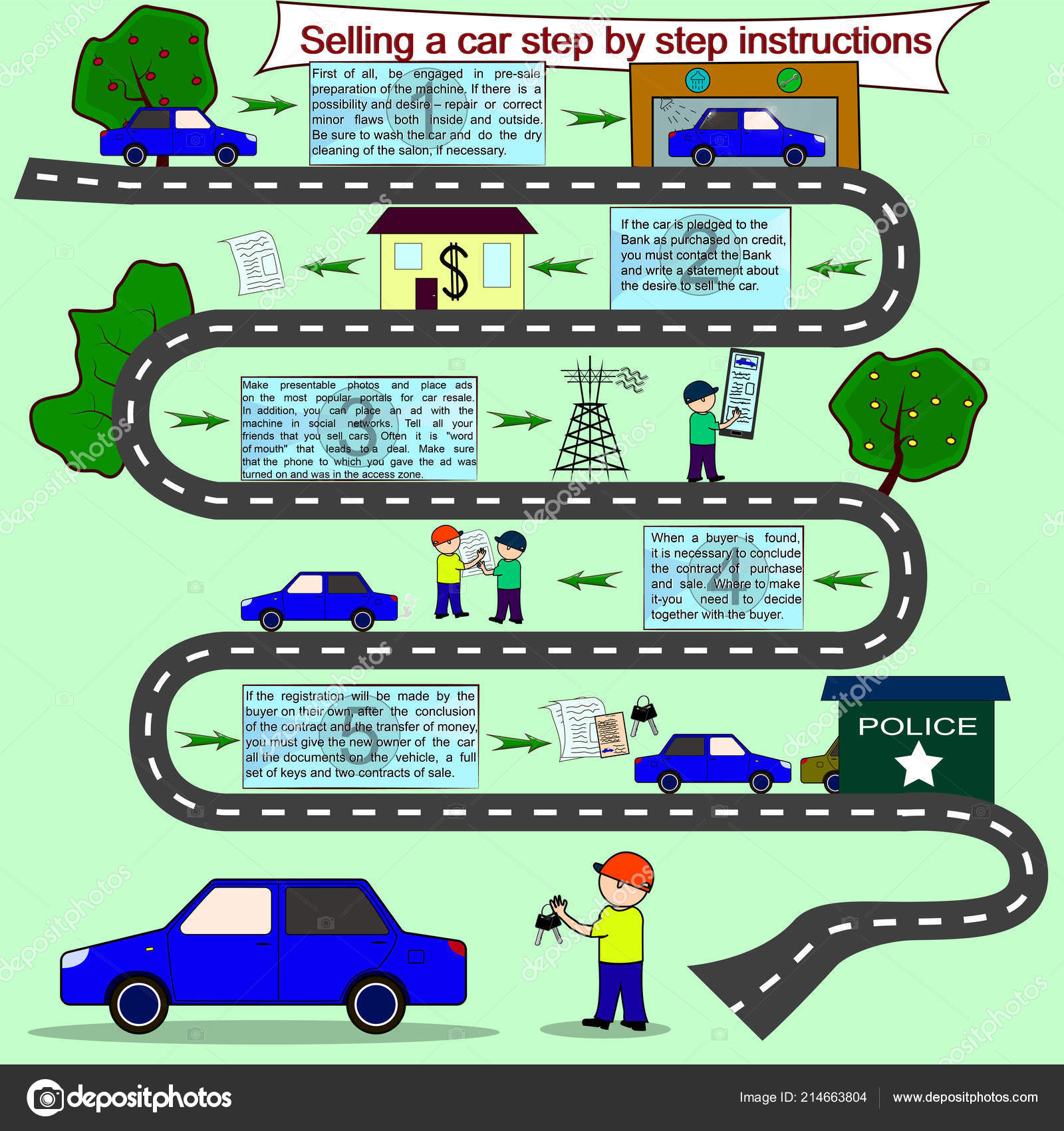Deciphering The Value Of Your Automobile'S Warning Indicators
Deciphering The Value Of Your Automobile'S Warning Indicators
Blog Article
Content By-Cheng Crawford
When you lag the wheel, those beautiful caution lights on your control panel can be a little bit bewildering. Do you know what they're attempting to tell you about your vehicle's health? Recognizing auto repair manuals of these lights is important for your safety and security and the durability of your automobile. So, the following time one of those lights pops up, wouldn't you wish to understand its message precisely and take the necessary actions to address it?
Common Caution Lighting and Interpretations
Recognize usual caution lights in your cars and truck and comprehend their meanings to guarantee risk-free driving.
One of the most regular warning lights include the check engine light, which signals issues with the engine or exhausts system. If this light begins, it's important to have your automobile examined quickly.
you could try here alerting light suggests reduced oil pressure, needing instant interest to prevent engine damages.
A flashing battery light could recommend a defective billing system, potentially leaving you stranded otherwise dealt with.
The tire pressure monitoring system (TPMS) light notifies you to low tire stress, impacting car security and fuel efficiency. Ignoring this can result in unsafe driving problems.
The abdominal light indicates an issue with the anti-lock stopping system, jeopardizing your capability to stop promptly in emergencies.
Last but not least, the coolant temperature alerting light warns of engine getting too hot, which can cause extreme damages otherwise solved promptly.
Comprehending these typical warning lights will help you deal with problems promptly and keep safe driving conditions.
Value of Prompt Attention
Understanding the typical caution lights in your automobile is just the primary step; the significance of immediately dealing with these warnings can't be emphasized enough to ensure your safety when traveling.
When a warning light illuminates on your dashboard, it's your car's means of connecting a possible concern that requires attention. Neglecting these warnings can cause a lot more severe troubles down the road, jeopardizing your safety and security and possibly costing you a lot more out of commission.
Motivate focus to cautioning lights can prevent failures and mishaps. As an example, a flashing check engine light can show a misfire that, if left neglected, might trigger damage to the catalytic converter. Resolving this quickly can conserve you from a pricey repair service.
Similarly, a brake system alerting light might signal low brake liquid or worn brake pads, vital parts for your security when driving.
DIY Troubleshooting Tips
If you see a caution light on your dashboard, there are a few DIY repairing tips you can attempt before seeking specialist help.
The primary step is to consult your cars and truck's guidebook to understand what the particular caution light suggests. In some cases the issue can be as basic as a loosened gas cap triggering the check engine light. Tightening the gas cap may settle the problem.
Another typical problem is a low battery, which can trigger numerous alerting lights. Inspecting the battery connections for deterioration and ensuring they're safe and secure may fix the issue.
If a warning light persists, you can attempt resetting it by disconnecting the auto's battery for a few mins and then reconnecting it. Furthermore, examining your automobile's liquid levels, such as oil, coolant, and brake liquid, can assist fix advising lights related to these systems.
Verdict
In conclusion, recognizing your cars and truck's caution lights is crucial for maintaining your automobile running smoothly and safely. By without delay resolving these signals and recognizing what they mean, you can stay clear of expensive fixings and possible malfunctions.
Remember to consult your auto's manual for specific information on each alerting light and do something about it appropriately to ensure a trouble-free driving experience.
Remain notified, stay secure when traveling!
